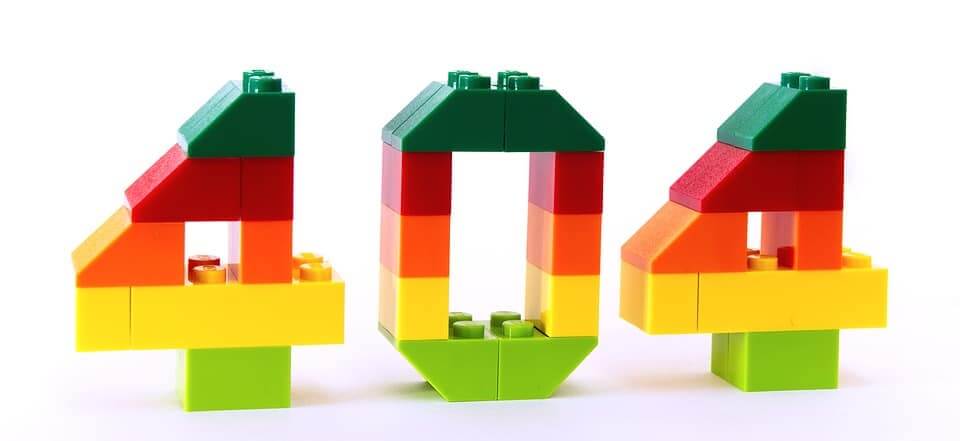

3 Design Mistakes UX Designers Should Always Avoid (Our Team’s Take on the Matter)
Designing requires a great deal of attention and focus. To design a masterpiece, it is a must to have an eye of a hawk.
But there are mistakes that happen. It could be a mistake at the designing level, at the execution level, or even at the thinking level.
Errors increase cost of product. The lesser the errors, better for both the designer and the client.
So, what are these mistakes that you should avoid, in order to create the perfect UX experience for your customers? Let’s take a look at the one at a time.
Not looking at the bigger picture
When it comes to designing, perfection is something that every designer strives towards. This leads them to focus primarily on the nitty-gritties of the detail. A spot, the font, the button, the CTA. This often leads the designer to get fixated on a single screen/wireframe.
Fixation on one can lead to losing focus on the rest of the screens that precede or succeed the said screen. It might also happen so, that the main screen does not correlate or show the same amount of clarity as the other screens.
A small disparity can pop out as a bouncing ball to the human eye. This is a mistake that should be avoided at all costs.
While designing, it is important to keep going back and forth to ensure the overall design gives an all-inclusive picture and is self-explanatory to the end-customer.
The customer does not look at the design from a designer’s point of view. They look for functionality and usability. Beautiful fonts may not work their charm if the CTA leads to a page which looks like it came from another application altogether.
Not trying out new things
Creativity means trying out new things. It is only when you start thinking “Out of the Box” that you come up with innovative designs. Designs should offer something new to the end-customers.
For example, if you have ever looked for a planner on the Google Play Store or the App Store, you must have come across dozens of apps. What ascertains if you are going to download a particular app. It could be its ratings, its feedback, and number of times it has been downloaded, etc. However, soon you will notice that the best apps have neck-to-neck scores of about 4.7- 4.8. How will you make the call now?
You will quickly go through the…wait for it… “Design Features”. The colors, fonts, pattern, how well it has been spread out in the form of calendar, checklists, etc.
Even the customer feedback is mostly on the UX/UI of the app.
So, what new thing are you doing to capture the attention of your end customer and hence that of the market at large. Going for tried & tested, successful, designs might give you a comfortable edge, it won’t in any ways help you create a niche for your product design.
You shouldn’t be afraid to try out something new. Reinvention is key to staying relevant. It might actually be a great new start to design thinking. What if you go wrong? Well, that can be addressed, too. Let’s look at the next point.
Not getting enough feedback
Feedback helps you cut your losses at an early stage. Timely feedback from the right target audience and your client can help you correct design errors, right at the beginning. Not getting enough or timely feedback will not only increase costs but also increase rework.
Always schedule some time, each week or depending upon your work flow, for gathering feedback on your designs.
Once again, the end customers will not be looking at your design like you do. So, it is best to have a focus group session first before making final tweaks to your finished product.
Feedback does not always necessarily mean rework and revisions. Sometimes feedback can help you come up with a brilliant solution to one of the customer pain-points you were thinking of addressing. A perfectly new way of taking the design game, up a notch.
With over 12 years of experience in the field of product development and UI/UX designing, our team has evolved, learnt from their mistakes, hurdles, and achievements. It has helped us create a design space that not only creates but also strategizes and helps clients with inputs on what is best avoided and what could be beneficial for the end product.
Check out our website to learn more about our work, our blog posts, our client testimonials and visit us here to get in touch with us.
